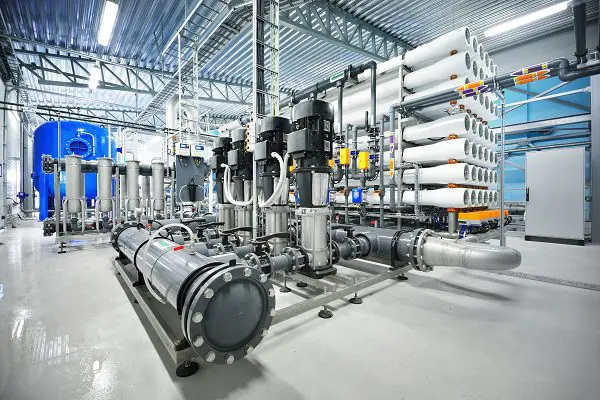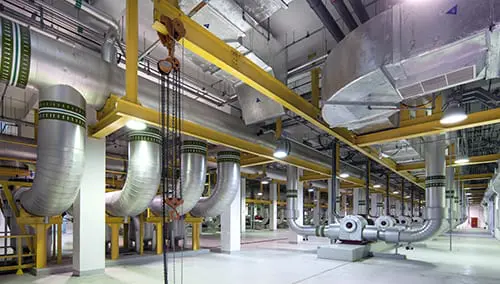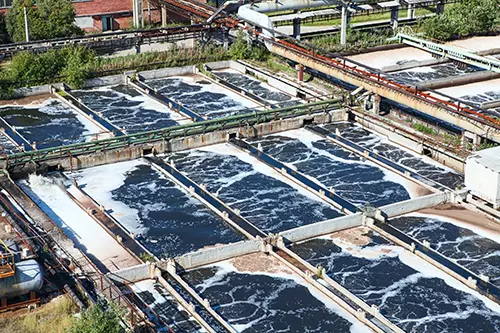Biological Control and Biocides
Cooling water towers and other industrial process waters can be ideal breeding grounds for biological growth, including algae, bacteria, sulfate-reducing bacteria, protozoa, and fungi. If not properly controlled, these organisms will form a layer of bio-slime that acts as a natural adhesion surface for mineral scales and debris, resulting in increased corrosion rates, restricted water flow, and reduced system efficiency.
ChemTreat field representatives begin the development of a biological control program with a thorough survey of the key water systems to determine the categories of biological control necessary. This information allows the engineer to select a customized treatment program to produce the most effective microorganism control. Other considerations include:
- The volume of the water being treated as measured through a molybdate-tracer program or the system piping.
- The recirculating water pH to ensure the water is compatible with the selected biocide chemicals.
- Other system operational details such as metallurgy, operating temperatures, hydrology, dead legs, and environmental concerns.
Once the treatment program is initiated, our engineers can periodically monitor the biological activity, as biocides may need to be alternated to provide the best treatment. Biocides are chemical substances used to control bacteria in cooling water systems. They are added to cooling tower water systems to remove unwanted bacteria. ChemTreat is proud to offer a complete portfolio of biocide products for controlling both macro/mollusk and microbiological growth.
Request Consultation




